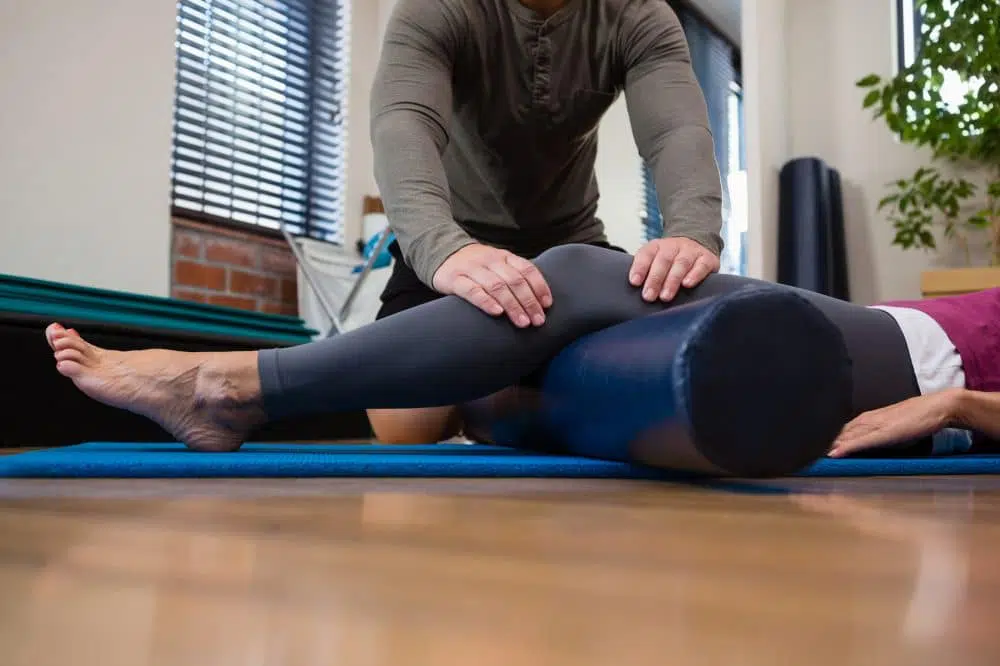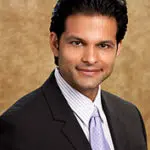Call Now!
Torrance Office: +1 (424) 360-0155

Lower back and leg pain can stem from issues with the sacroiliac joint. Pain caused by sacroiliac joint dysfunction can easily be confused with a lumbar disc herniation (sciatica) because it is a similar, radiating pain. An estimated 15% to 30% of all lower back pain problems is due to sacroiliac joint issues.
The sacroiliac joint is located between the tailbone and the lumbar spine. The purpose of the sacroiliac joint is to absorb shock that occurs between the upper body, the pelvis and the legs. When the joint is not working properly, the instability or tension can cause problems that lead to pain and immobility.
There are two primary problems that cause the dysfunction of the SI joint.
When inflammation occurs in the joint, it can lead to these problems. Women who have recently been pregnant are more susceptible to sacroiliac joint dysfunction. Young and middle-aged women are the most common to struggle with SI joint pain.
In most cases, there is more than one treatment—but not all treatments are created equal and may not work without side effects. Some doctors resort to surgery and medications without trying non-invasive approaches first. Here at Rolling Hills Medical, we start with treatment strategies that promote natural healing and pain relief.

Physical Therapy – Certain movements, exercises, and stretches can help improve the mobility and strengthen the surrounding muscles and ligaments to help support the SI joint. Your Torrance joint pain doctor can help you know what movements will most help your condition.
Radiofrequency Rhizotomy – This nonsurgical procedure stops the pain with heat by “burning” the nerve causing the pain. This interruption can provide some much-needed relief during the healing process.
Injections – We use injections, like epidural steroid injections, to help reduce inflammation and allow healing to occur. This is a fast-acting pain relief method that should only be used with other therapies to actually address the cause of the pain.
Minimally Invasive Surgery – While we never turn to this as our first option of treatment, our spine surgeons will certainly consider minimally invasive joint pain surgery as a potential treatment option. We want to have every helpful option available so each patient is treated with an individualized plan that works best for them.
Sacroiliac Joint Fusion – Typically our last option, we only suggest SI joint fusion if the other joint pain treatment options aren’t working as desired. The fusion stops the movement in the joint, reducing the pressure causing the discomfort.
If you are struggling with lower back pain that radiates into your legs or groin, you should see a chiropractor today to treat the underlying cause. The sooner you get started, the sooner you can find relief and stop things from getting worse. Adjustments and other therapies have brought relief to many of our patients within just a few visits. We want to help you find a solution that gets you back to feeling great again. Call us now to schedule your Torrance Doctor consultation!
